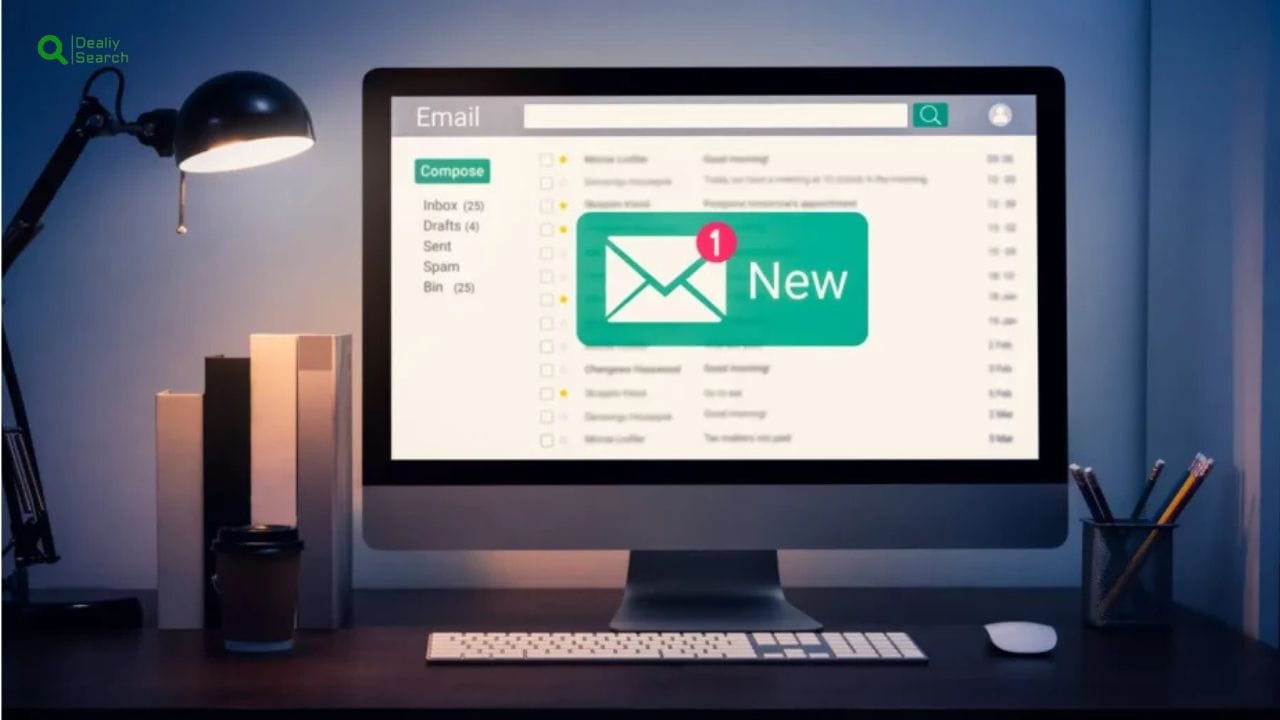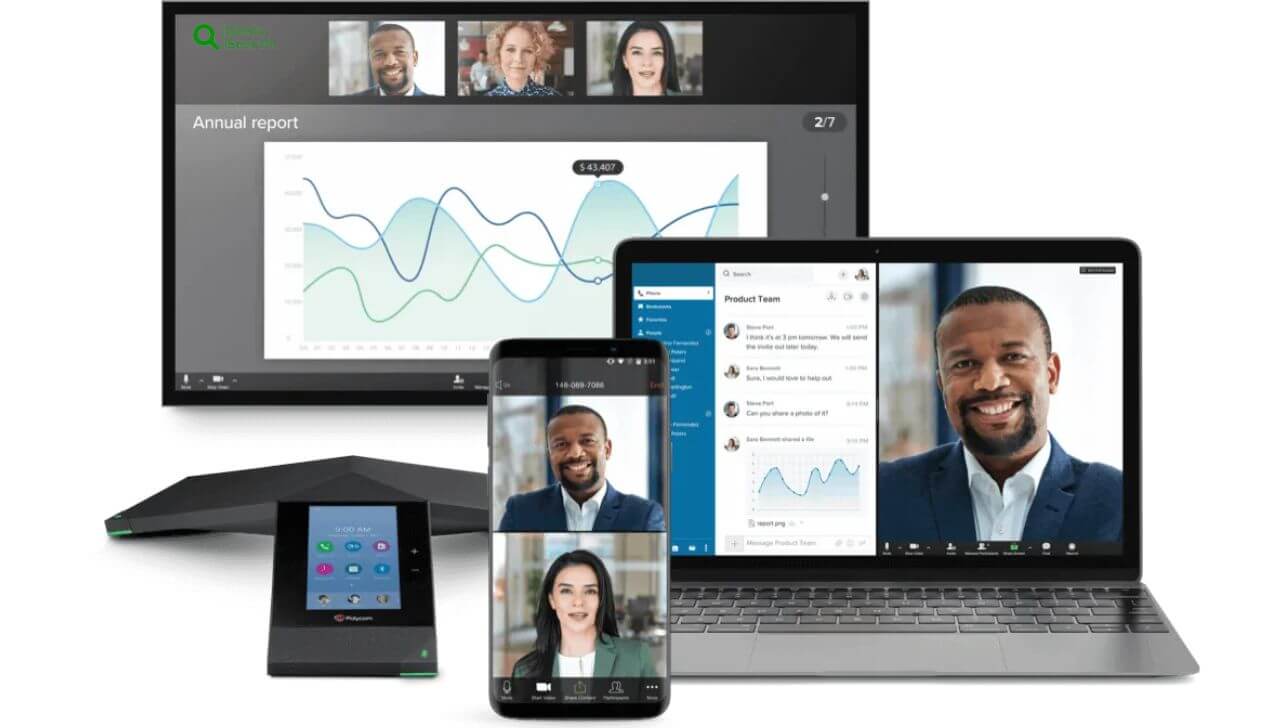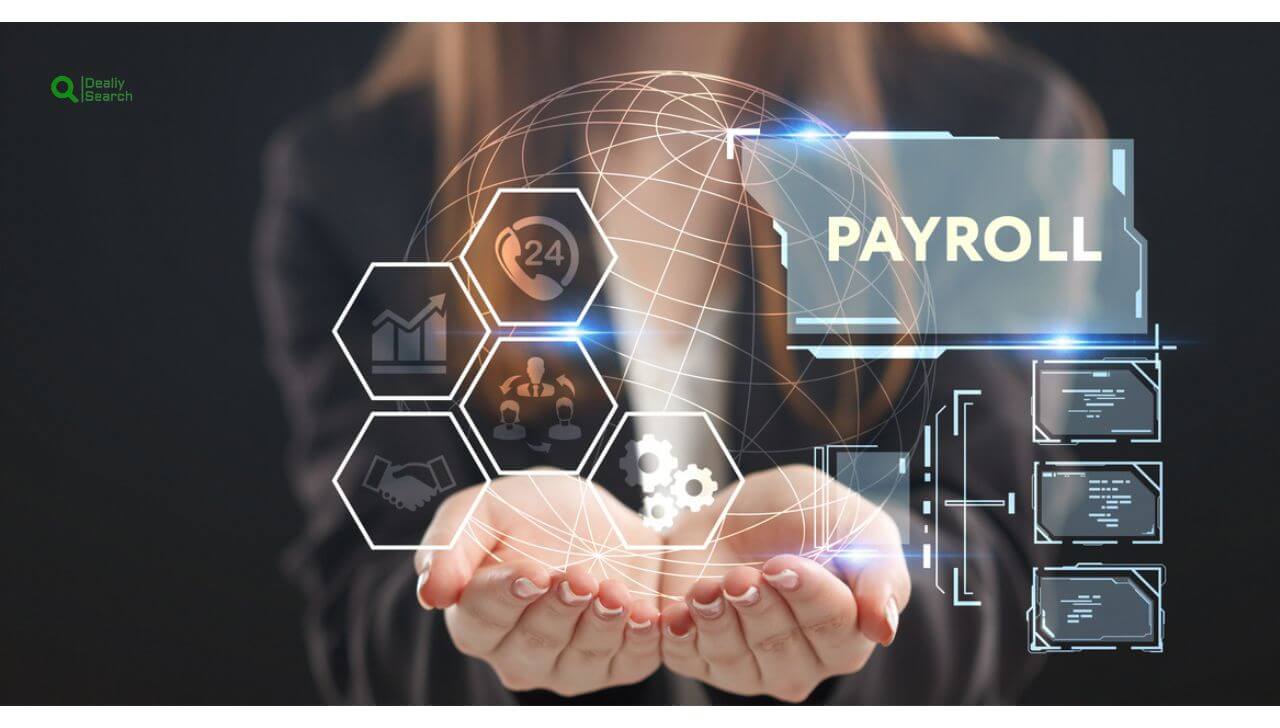Protecting Against Malware: Safeguard Your Digital World
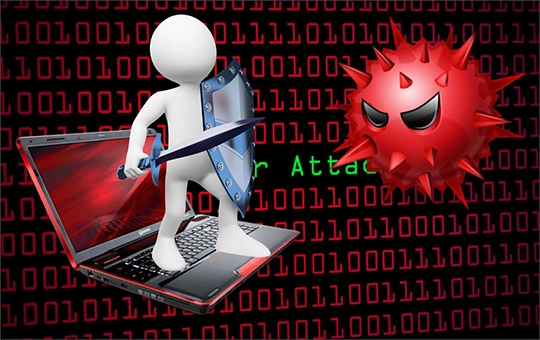
understanding malware and its risks is crucial to safeguarding your digital world. Malware, short for malicious software, is designed to harm or exploit your computer, mobile device, or network. It can infect your devices in various ways, such as through malicious websites, email attachments, or software downloads. Once infected, malware can cause severe damage, including data theft, financial loss, and even identity theft. Therefore, it is essential to be aware of the risks associated with malware and take proactive measures to protect your devices and personal information.
The importance of protecting against malware

Protecting against malware is of utmost importance to ensure the security and privacy of your digital world. Malware can infiltrate your devices and networks without your knowledge, compromising your sensitive information and putting you at risk of financial loss and identity theft. Individuals are vulnerable to malware attacks, and businesses and organizations are prime targets. A single malware infection can have far-reaching consequences, including data breaches, reputational damage, and financial repercussions. By prioritizing the protection against malware, you are safeguarding your own digital world and contributing to a safer online environment for everyone.
Types of Malware and Their Threats
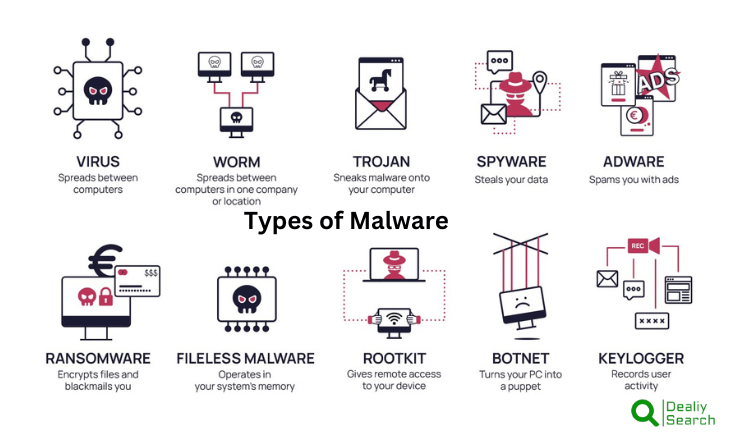
Malware comes in various forms, each posing unique threats to users and systems. Viruses attach themselves to legitimate files and spread when executed, often causing data corruption or system failure. Worms operate independently, replicating across networks without user intervention, leading to massive disruptions. Trojans disguise themselves as useful programs but secretly introduce malicious code, enabling hackers to gain unauthorized access. Ransomware is one of the most dangerous types, encrypting user data and demanding payment for its release, often resulting in financial loss. Spyware secretly monitors user activity, collecting sensitive information such as passwords and credit card details. Adware bombards users with unwanted advertisements, which can slow down systems and lead to further malware infections. Rootkits provide deep system access to attackers, allowing them to control devices stealthily while evading detection. Understanding these threats is essential for implementing effective cybersecurity measures.
Common types of malware and how they can infect your devices
Malware comes in various forms, each with its method of infecting your devices. One common type of malware is a computer virus, which spreads by attaching itself to files or programs and replicating when those files or programs are executed. Another type is a Trojan horse, which disguises itself as legitimate software but contains malicious code. It often enters your system through infected email attachments or software downloads. Other types of malware include worms, which exploit security vulnerabilities to spread across networks, and ransomware, which encrypts your files and demands a ransom for their release. It is essential to be aware of these different types of malware and how they can infiltrate your devices to better protect against them.
How to recognize signs of malware infection
Recognizing the signs of a malware infection is crucial for taking immediate action and preventing further damage. Some common signs include a significant decrease in device performance, unexpected crashes or freezes, unusual pop-up advertisements, and unexplained changes to your settings or homepage. If you notice any of these signs, it is essential not to ignore them. Run a reputable antivirus scan to identify and remove malware on your device. Additionally, be vigilant for suspicious emails or messages containing malware and avoid clicking on suspicious links or downloading files from unknown sources. By being proactive and vigilant, you can minimize the impact of a malware infection on your digital world.
Essential tips for safeguarding your digital world against malware

- Keeping your software and devices updated: Regularly update your operating system, software, and applications to ensure you have the latest security patches. Outdated software can contain vulnerabilities that malware can exploit.
- Using strong and unique passwords: Create strong, complex passwords for all your accounts and avoid reusing passwords. A strong password should be at least eight characters long and include a combination of uppercase and lowercase letters, numbers, and special characters.
- Being cautious of suspicious emails and attachments: Exercise caution when opening emails, especially those from unknown senders or containing unexpected attachments. Be wary of phishing attempts, where attackers impersonate legitimate organizations to trick you into revealing sensitive information.
- Regularly backing up your data: Back up your important files and data to an external or cloud storage device. This ensures that even if your devices are infected with malware, you can restore your data to a clean state.
- The role of antivirus software in protecting against malware: Install reputable antivirus software on all your devices and keep it updated. Antivirus software can detect and remove malware, providing additional protection.
Backup and Recovery Strategies
Implementing effective backup and recovery strategies is crucial for protecting data from malware attacks, hardware failures, or accidental deletions. Regular data backups ensure that important files remain accessible even after a cyberattack or system failure. Backups should be performed frequently and stored securely to prevent data loss. There are two primary backup methods: cloud and local backups. Cloud backups offer remote storage with automatic synchronization, ensuring data remains safe even if the local system is compromised. To recover from a malware attack, users should first disconnect the infected device from the network to prevent further spread. If data is lost or encrypted, restoring from the most recent backup is the best solution. Regularly updating backup systems and verifying their integrity ensures quick recovery and minimizes downtime in case of an attack.
Enable Two-Factor Authentication (2FA) for Extra Security
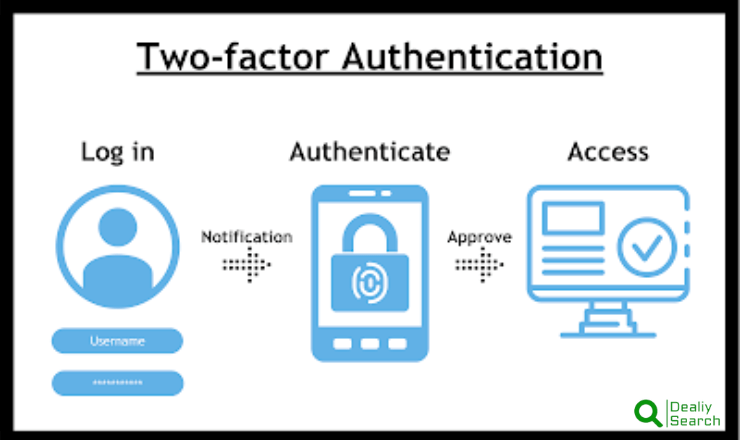
Enabling Two-Factor Authentication (2FA) adds an extra layer of security to your online accounts, making it much harder for hackers to gain unauthorized access. With 2FA, even if someone steals your password, they will still need a second form of verification such as a one-time code sent to your phone, an authentication app, or a biometric scan to log in. This additional step helps prevent cybercriminals from accessing your accounts, even if your credentials are compromised in a data breach. Many major platforms, including social media, banking, and email services, offer 2FA options to enhance security. By activating 2FA, you significantly reduce the risk of account takeovers and keep your personal and financial information safer from cyber threats.
Use Strong and Unique Passwords
Creating strong and unique passwords is one of the most effective ways to protect your online accounts from cyber threats. A strong password should be at least 12 characters long and include a mix of uppercase and lowercase letters, numbers, and special symbols. Avoid using easily guessable information like your name, birthdate, or common words. Instead, consider using a passphrase or a combination of random words that are difficult to crack. Additionally, never reuse the same password across multiple sites, as a data breach on one platform could compromise all your accounts. To manage multiple complex passwords, consider using a reputable password manager, which securely stores and autofills your credentials. By implementing these practices, you can significantly reduce the risk of unauthorized access to your personal and sensitive information.
Avoid Public Wi-Fi or Use a VPN
Public Wi-Fi networks like the ones in cafes, airports and hotels are convenient but often not secure so hackers love them. Hackers can capture data transmitted over these networks and steal your personal info, login credentials or financial details. Don’t access sensitive accounts or make online transactions while connected to public Wi-Fi. If you must use public network, use a Virtual Private Network (VPN) which encrypts your internet traffic and protects your data from prying eyes. A VPN creates a secure private connection so your online activities are hidden from potential attackers. By doing so you can protect your digital data and minimize cyber threats.
What strategies should protect against malware in the current digital landscape?
In the current digital landscape, where malware attacks are becoming increasingly sophisticated, it is essential to employ multiple strategies to protect against malware effectively. One strategy is to practice safe browsing habits by avoiding suspicious websites and using ad blockers to prevent malicious advertisements from appearing. Another approach is enabling automatic software updates, ensuring your devices are always equipped with the latest security patches. Additionally, consider using a virtual private network (VPN) when connecting to public Wi-Fi networks to encrypt your internet traffic and protect against potential eavesdropping. Furthermore, educate yourself and your team about the latest malware threats and best practices for cybersecurity to stay one step ahead of attackers.
Future of Cybersecurity: Staying Ahead of Threats
Cyber threats continue to evolve, the future of cybersecurity depends on proactive defense strategies and advanced technologies. Cybercriminals are constantly developing more sophisticated malware, making it essential for individuals and organizations to stay ahead of potential threats. Artificial intelligence (AI) and machine learning are playing a crucial role in detecting and preventing cyberattacks by identifying unusual patterns and blocking malicious activities in real time.Regular software updates, employee training, and increased cybersecurity awareness are critical to minimizing risks. As the digital landscape expands with the growth of the Internet of Things (IoT) and cloud computing, ensuring strong security protocols will be more important than ever. Staying informed and adopting the latest security measures will be key to combating future cyber threats effectively.
Frequently Asked Question
What is malware, and how does it affect my device?
Malware (malicious software) is a program or code designed to harm, disrupt, or steal data from a computer or network. It can slow down your system, corrupt files, steal sensitive information, and even give hackers remote access to your device.
How can I protect my device from malware?
To protect your device, use reliable antivirus software, keep your operating system and applications updated, avoid clicking on suspicious links or email attachments, enable firewall protection, and download software only from trusted sources.
What should I do if my computer is infected with malware?
If you suspect an infection, disconnect from the internet, run a full system scan with updated antivirus software, remove any detected threats, and restore your system from a clean backup. If the problem persists, seek professional help.
Is it safe to use free antivirus software?
Free antivirus software can provide basic protection, but it may lack advanced features like real-time scanning, ransomware protection, and phishing detection. For better security, consider investing in a reputable paid antivirus program.
How often should I back up my data to prevent malware-related data loss?
Regular backups are essential to prevent data loss. It is recommended to back up important files daily or weekly, using both cloud storage and external drives to ensure multiple recovery options in case of an attack.
Conclusion
Protecting against malware is a continuous effort that requires vigilance and proactive measures. By understanding the risks associated with malware, recognizing signs of infection, and implementing essential tips for safeguarding your digital world, you can significantly reduce the likelihood of falling victim to malware attacks. Remember to update your software and devices, use strong and unique passwords, be cautious of suspicious emails and attachments, regularly back up your data, and utilize antivirus software. By taking these steps and employing effective strategies in the digital landscape, you can better protect yourself, your devices, and sensitive information from the ever-evolving malware threat.




